9 Most Popular Knife Blade Designs:
Trailing Point Blade
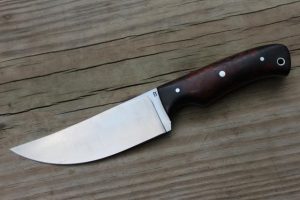
Clip Point Blade
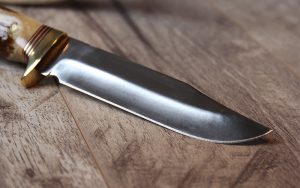
Drop Point Blades
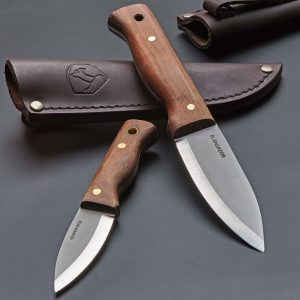
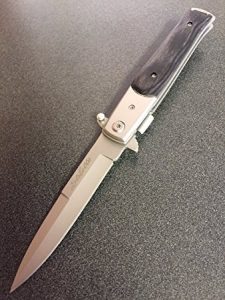
Needle Point Blade
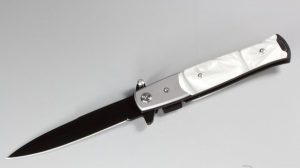
Spey Point Blade
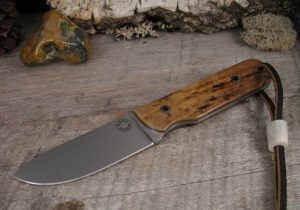
Tanto Blade
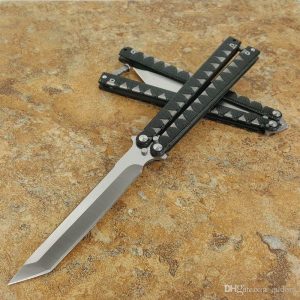
Sheepsfoot Blade

Hawkbill Blade
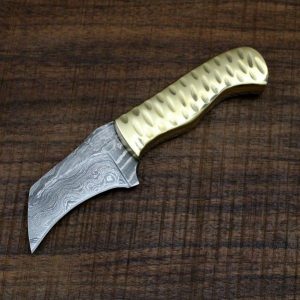
Although there are many, many different knife blade designs out there today, these nine blade types cover the most common blade profile types you will find on the market today. These classic profiles are utilized worldwide, and their uses greatly depend on the wielder of the knife. I suggest that you see what knife feels the most comfortable for you and fulfills your purposes. The knife you carry is a personal decision, and so only you can determine what blade type you prefer. Stay an Edge above the Rest!

That’s cool that the hawkbill blade will make it so that you could avoid accidentally stabbing yourself while making long cuts. If it could prevent it from slipping out as much, then I thingk that would be super useful. I might have to consider getting a knife with that type of blade on it for when I need to make long cuts.